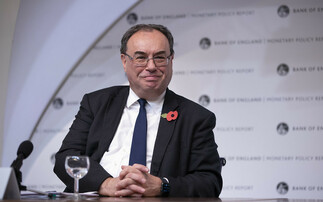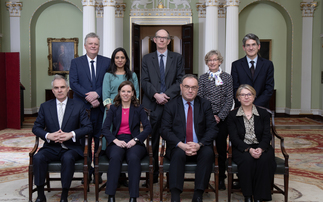Investment Week has summarised the top 15 points from Philip Hammond's first, and last, Autumn Statement since being appointed as Chancellor in July.
1. The abolition of the Autumn Statement
Following speculation earlier this year, Hammond has confirmed today's Autumn Statement will be his first and last, and next year's Budget will be the last to take place in March.
From 2018, there will be an annual Spring Statement in March, responding to forecasts from the Office of Budget Responsibility (OBR) but not making major changes unless there is a "major fiscal event", while the annual Budget will then take place in the autumn.
Hammond said: "No other major economy makes hundreds of changes every year... I will not make significant changes twice a year just for the sake of it."
He added this is a "long overdue reform of the tax policy making process" and brings the UK into line with best practice, recommended by the IMF and others.
JPM chief Dimon warns Hammond against rushed Brexit
2. UK growth downgraded
Hammond revealed economic growth in 2016 is expected to reach 2.1%, higher than previous forecasts of 2%.
However, he said the OBR's forecast for 2017 has dropped significantly, from 2.2% made at the time of the March Budget to 1.4%. It is also set to fall to 1.7% in 2018, down from 2.1%. However, it will return back to previous forecasts of 2.1% in 2019 and 2020, and 2% in 2021.
"While the OBR is clear that it cannot predict the deal the UK will strike with the EU, its current view is that the referendum decision means that potential growth over the forecast period is 2.4 percentage points lower than would otherwise have been the case," the Chancellor said.
3. Long-term falling debt
In the near-term, national debt is forecast to rise from 84.2% to 87.3% of GDP this year, peaking at 90.2% in 2017-18, as BoE monetary policy interventions come to an end.
After that, this is set to fall to 89.7% in 18/19, marking the first fall since 2001/2, and is forecast to continue falling thereafter. Stripping out the effects of the Bank's interventions, the Chancellor said the underling debt will be 84% this year, falling to 77.7% by 2021-22.
Hammond scraps 2020 budget surplus target on Brexit 'rollercoaster' fears
4. Brexit borrowing black hole
The Chancellor said borrowing is expected to stand at £68.2bn at the end of the 2016/17 fiscal year, £59bn in 2017/18, £46.5bn in 2018/19 and £21.9bn in 2019/20, dropping to £17.2bn by 2021/22.
This means the UK's Brexit black hole is at least £122bn, more than the £100bn previously forecast by the City, according to The Guardian.
Hammond has already axed the deficit targets set by his predecessor George Osborne, which aimed to achieve a surplus by 2020.
5. New fiscal rules for government
Hammond also announced three new rules to support the UK in the midst of economic uncertainty in the wake of June's EU referendum.
Firstly, the government must get the budget to a surplus in the next parliament, and borrowing down to 2% by the end of this parliament. Secondly, the government must get net debt falling by the end of this parliament; and lastly, it must keep welfare spending below a limit.















